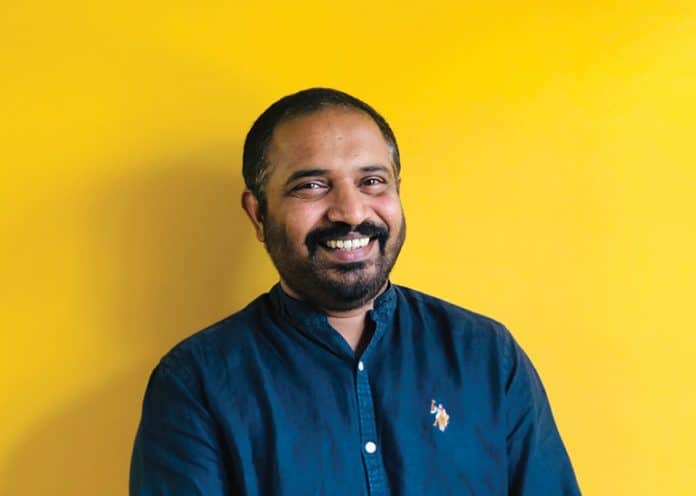Dhiway is a Bengaluru based startup, and India’s first verifiable data exchange platform, founded by technologists with extensive experience in building open source projects that scale. The company has joined the Trust over IP (ToIP) Foundation as a founding steering member. Satish Mohan, founder and CTO of Dhiway, in an exclusive chat with Sreejani Bhattacharyya of OSFY, discusses this move and how important digital trust is in today’s world.
The Trust over IP (ToIP) framework is a formal structure that helps in integration with cryptography routines as well as existing local and national regulations. Satish Mohan, founder and CTO of Dhiway, says we have been hearing a lot about the public key, private key and all the cryptographic techniques to exchange data. He adds, “At a very high level, what we are building at Dhiway is a verifiable data exchange. All these technologies come with the challenge that it becomes very difficult for a layman to handle things like managing the keys.”
There are millions of transactions happening every day on the Internet. When we are getting into a transaction with someone on the Internet, we can never really be sure about who we are dealing with, most of the time. Also, the receiving party has very little capability to figure out if the data is genuine or not. Understanding the status of the data is a concern too.
Due to this, standards bodies have started developing standards around the digital trust layer. Mohan says, “This is not something a single company can solve. It should not be linked to a proprietary system. Every company that is developing the applications can incorporate the standards.” Multiple standards bodies and organisations are all trying to solve the issue. However, this has led to duplication in efforts.
A blueprint for digital trust over the Internet
Mohan says that the ToIP Foundation aims to converge all efforts and create a blueprint for digital trust over the Internet. This will consist of four different layers, and any company or organisation can focus on all four layers or the layers they are interested in.
The ToIP-enabled Internet is a digital trust ecosystem of digital trust ecosystems. Here, the interconnections between each digital trust ecosystem are facilitated through the ToIP stack.
Mohan adds that the response so far has been quite good. This platform has been in development for almost a year and was launched on May 5, 2020. Since then, there has been a jump from 29 companies to over 70 joining in. This has highlighted how great a need there was for such a system. Mohan says that when it comes to B2B, the platform aims to maintain the systems in such a manner that the ease of business improves while the processing time reduces. For B2C, the platform aims to enhance the digital experience.
Four layers
Mohan explains what the four layers in the system are. He says, “The first layer contains multiple open source projects. The second layer stands in the middle of the end user application and the blockchain. In the ToIP stack, it is referred to as agents. It has a set of open source projects that can be used to build solutions.”
The third layer consists of open source projects that will create applications. Currently, there are a number of demo applications that showcase the capabilities and potential of the approach. These show the usage and implementation mechanisms for companies to see and evaluate.
The first three layers are called technology stacks. The fourth layer involves ecosystem creation. Mohan uses the example of an educational institution. He explains that the graduation certificate of a student just captures his/her marks. It does not capture the other extra-curricular activities or achievements of the student on campus. The availability of such rich verifiable data sets will allow for building trust in interactions, whereby the student will be able to furnish such credentials and attestations.
Open governance
The other part of the ToIP stack is the open governance stack. Mohan says, “For each technology layer, the governance stack will show how the architecture or network should be governed. As for Dhiway, when we come up with digital trust implementation and start onboarding customers, the governance model will show how these layers are managed. Governance shows how to manage human trust. What the machines do should come from the governance documents of companies or the ecosystem of consortiums.”
Mohan adds that a lot is happening in this domain but not in a coordinated manner. He feels that digital trust is at the place that open source was in the 90s. The scope is much bigger but coordination is an issue. “Wherever digitisation is happening, trust is becoming the difficult part,” Mohan concludes.










































































